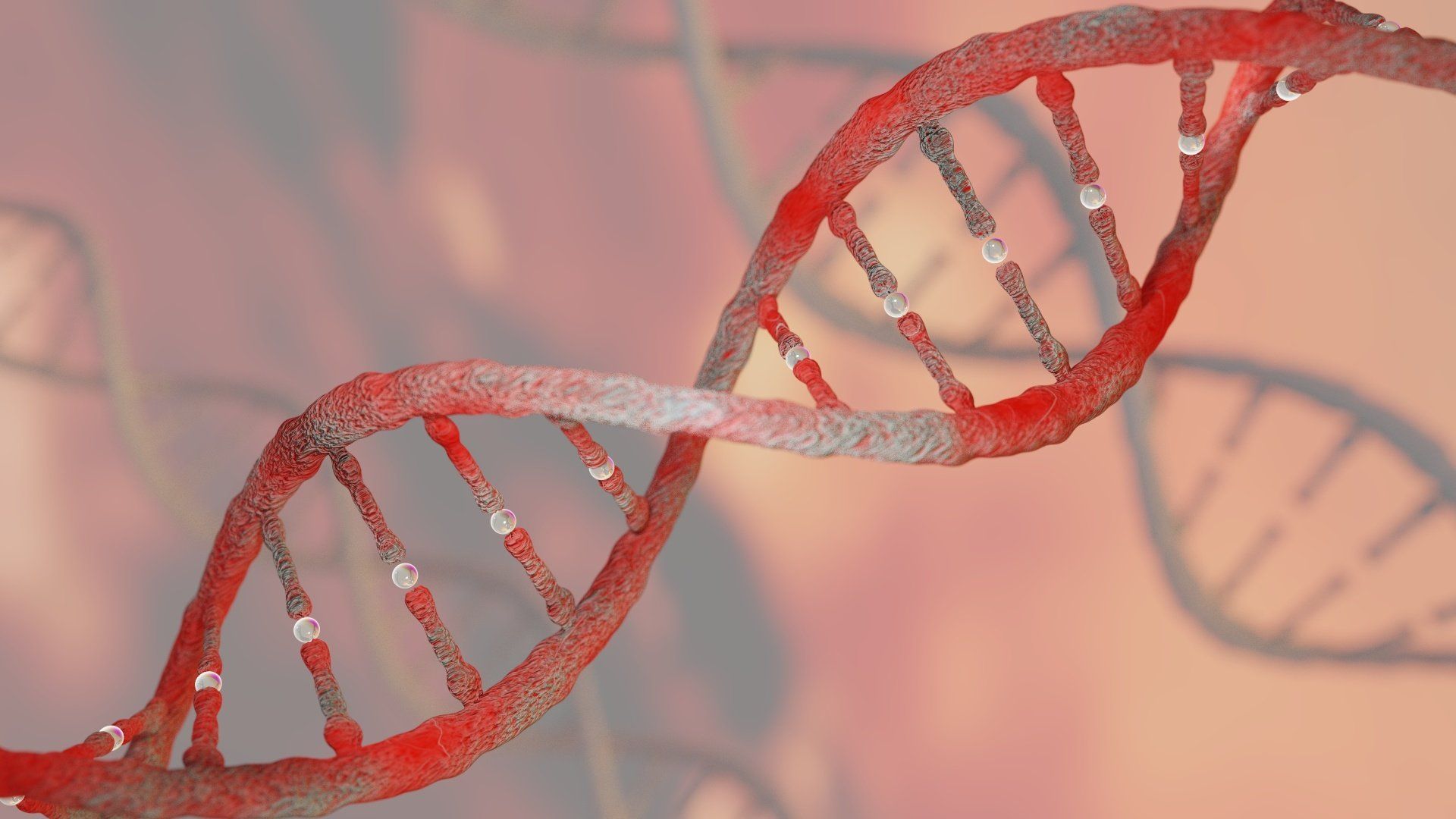SpinoCerebellar Ataxia Type 1 (SCA1)
The aim of the website is to inform patients and family members who are dealing with SCA1. The website contains information about the disease and about two different studies on the treatment of SCA1.
You can also see who the team members are in the research. The website regularly posts updates on the research in the form of news items. Finally, you can send a message to the researchers via the contact form.
SCA 1
SCA1 (spinocerebellar ataxia type 1) is a hereditary and rare neurodegenerative disorder. The onset of SCA1 symptoms is generally around the third decade, but large variability in age of onset exists. SCA1 is characterized by degeneration of the cerebellum but also the brainstem and other brain regions can be affected. Clinically, SCA1 is characterized by slowly progressive cerebellar ataxia. In the first years, SCA1 patients experience mainly gait ataxia. During the disease course, progressive dysarthria, dysphagia and oculomotor disturbances develop. In some patients additional non-ataxia symptoms occur, such as sensibility loss due to peripheral neuropathy, spasticity, dystonia, weakness or cognitive dysfunction.
SCA1 is inherited in an autosomal dominant manner. A child who has a parent with SCA1 has a 50% chance of inheriting the responsible mutated gene. In the Netherlands and Flanders there are around 15 families with SCA1. The worldwide prevalence of SCA1 is estimated around 1-2 per 100.000 persons.
Neurodegeneration in SCA1 is caused by a CAG repeat expansion (mutation) in the ATXN1 gene. Transcription of the ATNX1 gene results in messenger RNA containing the expanded CAG repeat, resulting in translation of mutant ATXN1 proteins. The mutant Ataxin-1 protein aggregates in neurons causing neurotoxicity.











